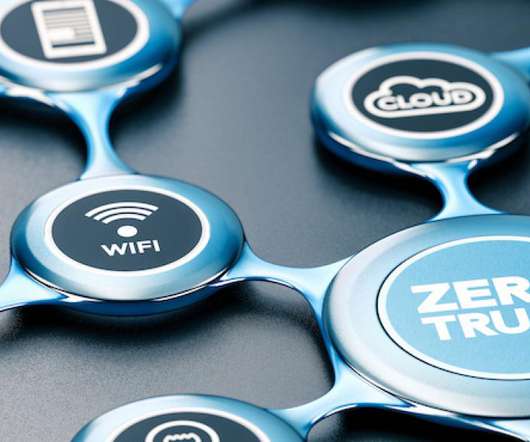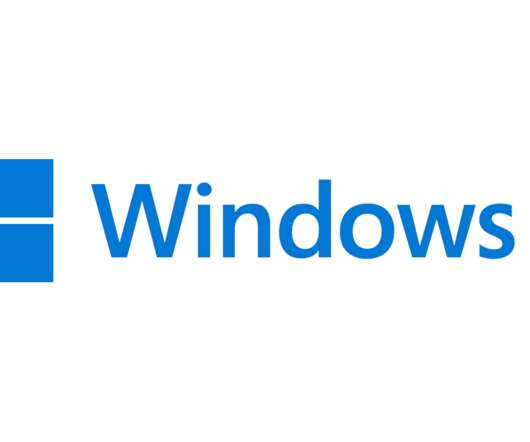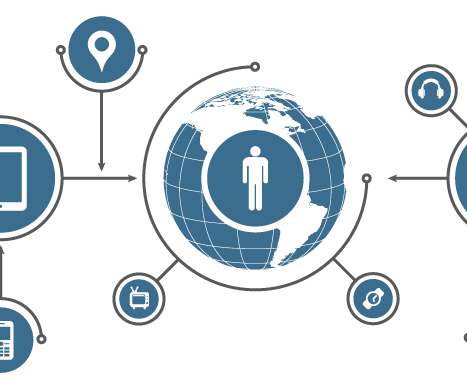Why Businesses Can’t Afford Anything Less Than Zero Trust in IoT
Security Boulevard
JUNE 23, 2022
39% see malware and ransomware as their biggest risk. 39% see malware and ransomware as their biggest risk. Some risks specifically affecting IoT include : Built-in vulnerabilities : IoT devices are often shipped specifically for consumer use, without enterprise-grade encryption or security controls. Related Posts.











Let's personalize your content